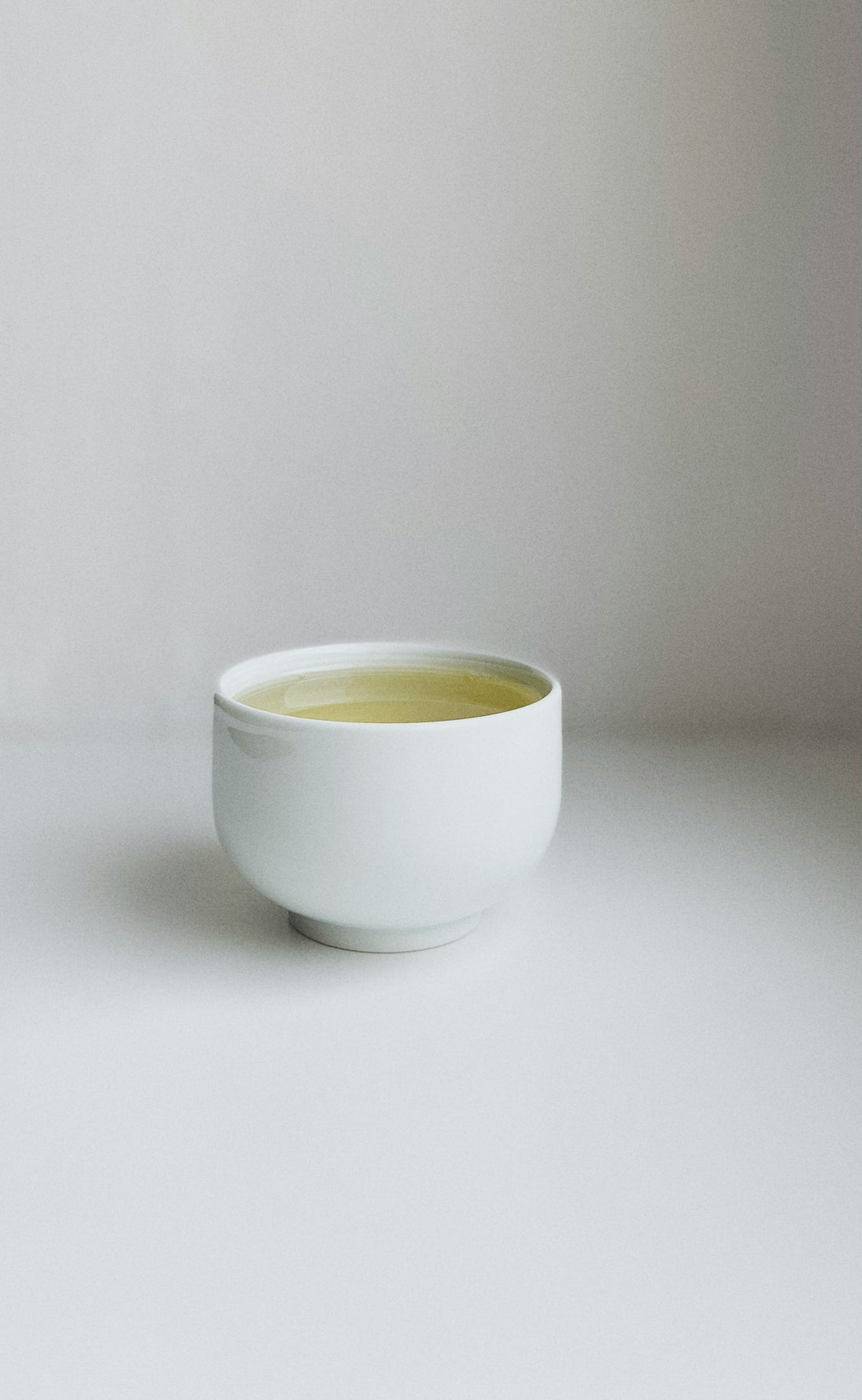Each type of tea is unique and loved for different reasons. Black for its accessible robustness; green for its unique, bitter-floral flavour and bounty of health benefits; and white for its light delicacy and minimal processing.
Among the myriad of traditional tea (from the Camellia sinensis plant) white tea stands out as an elegant decadence. The darker the tea, the more processing and fermentation it has been through, and the pale colour from the minimal processing of white tea reflects the high levels of antioxidants, vitamins, and minerals. The process helps to preserve the plant's graceful flavours.
So, if you’re looking for something a little more special than the classic English black, maybe you should give white tea a go. Here’s a run-down of our favourite white tea’s...
Da Bai Hao - Silver needle tea
Da Bai Ho -also known as Silver needle- is one of the most exceptional white teas made exclusively from the unopened buds of the tea plant. It’s typically produced in the Fujian province, and the process is meticulous. The buds are carefully handpicked during the early spring harvest; each bud is covered in fine silvery-white hairs, lending the tea its name.
When brewed, Silver needle tea yields a light, airy tea with a pale silver shimmer. It carries a subtle yet complex taste characterised by floral notes and a hint of sweetness, Silver needle tea is one of the most treasurable and pure white teas.

Bai Mudan - White Peony Grade 1
Unlike Silver Needle, which is made solely of unopened buds, White Peony Grade 1 includes both buds and young leaves of the tea plant, resulting in a slightly fuller flavour. This tea is known more for its delicate balance of floral and nutty notes, offering a more nuanced and complex taste experience.

Grades of white teas
The grading system for white tea can vary depending on the producer or region, but generally, Grade 1 signifies that the tea consists of the youngest and most tender buds and leaves, harvested during the peak of the growing season. These leaves are delicately and precisely selected for their optimal timing, appearance and flavour profile.
Lower grades tend to include leaves picked at a suboptimal time, of slightly lesser quality, or which may have been harvested later in the season or may have undergone less stringent processing. These grades still produce enjoyable tea, but they may lack the complexity and delicacy found in Grade 1 teas that tea enthusiasts (like us) seek.
Ai Xing Feng Xian - Blooming heart
Blooming tea has to be one of the most captivating teas going. Interestingly, the history of this artistic tea has a contested history. Nobody really knows where it came from, and the story goes that a Chinese tea producer in the 20th century innovated the idea to boost marketing efforts.
Unlike traditional loose leaf teas, blooming tea consists of handcrafted (yes, the shapes are hand-sewn) tea leaves meticulously bound around fragrant flowers, such as jasmine, globe amaranth, or chrysanthemum. When steeped in hot water, these tea bundles gracefully unfurl, revealing vibrant colours and intricate shapes, resembling a blooming flower. Beyond its aesthetic appeal, blooming tea does offer a delicate and fragrant brew, marrying the subtle flavours of the tea leaves with the floral notes of the blossoms.

Shou Mei - Longevity eyebrow
The name Longevity Eyebrow -known as Shou Mei- alludes to the shape of the leaves, which are said to resemble the eyebrows of elderly individuals, which symbolise wisdom and longevity in its native culture.
It’s a distinguished late-harvest white tea that stands apart for its nuttier, hardier flavour profile. Unlike the delicate buds and young leaves used in Silver Needle and White Peony teas, Shou Mei is crafted from larger, more mature leaves of the tea plant, often being picked late into the spring. This results in a darker tea with a deeper, earthier flavour, often accompanied by subtle notes of sweetness.

Which white tea stands out for you; the sagacity of the Longevity eyebrow? The elegance of the Blooming tea? The complexity of the White peony? Or the simplicity of the Silver needle?

